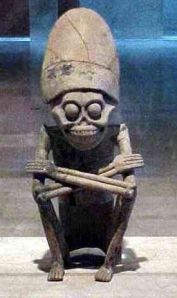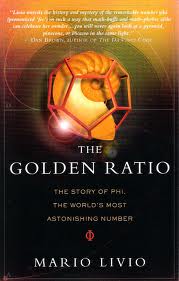Weekly Web Links:
- The origins of werewolf legends. In the 17th Century, a German town was reputed to be troubled by a werewolf who was actually their deceased mayor (apparently they had rather disliked the man).
- A beautiful look at the hope that can come from the darkest moments of human history. *note that the video is only available until August 24th*
- I tweeted about this several days ago but, guys, it’s looking like Tyrannosaurus rex probably hunted in packs and that is both awesome and crazy scary. No one is allowed to create a Jurassic Park style island, agreed?
- On a genuinely lovely note, there is evidence that a child who suffered from a traumatic brain injury roughly 100,000 years ago was able to live for a number of years afterwards due to the care of the people around him.
- Can you imagine being someone who looked at a giant balloon attached to a tiny basket and went ‘let’s see if we can make it go up in the air while holding our weight’?
Historical Book Review for the Week:
The Golden Ratio by Mario Livio
Ugh…this book. This is one, I’m sorry to say, that was a bit of a struggle to get through. The concept of phi, or the Golden Ratio, is an idea that I have been intrigued by for several years before finding and reading this particular book (and I still am after, the book’s not that bad). The idea that this strange and unusual number is found in so many aspects of the world from architecture, to art, to music and nature is a fascinating concept that really encourages an alternative look at the world. However, the wonder of this phenomenon is bogged down in this particular narrative by a tone that, to me, alternated between pretentious and condescending, and then was further reduced by the inclusion of far too many mathematical formulas which only served to confuse the topic and disjoint the reading experience. If I’m being totally fair (it does occasionally happen…), I was reading this book on an e reader and the formatting didn’t come through well. Most of the equations appeared in a very faint grey font which was appeared at an almost unread-ably small size not matter what adjustments I made to my device so this could absolutely have played a part in my frustration with that particular aspect of the book.
I do understand that telling the history of this number is a struggle; it has been suggested that the Golden Ratio was involved in the building of the Parthenon of Athens, the pyramids of Egypt, and was a symbolic factor in numerous works of art. However, these claims are almost impossible for modern mathematicians to verify based on two central difficulties:
- Where and how do you decide the points to begin and end the measurement – numbers are incredibly easy to fudge or skew and how do you take erosion and other forms of damage into consideration?
- How do you prove that the presence of this number is intentional – can you be sure that knowledge of this Golden Ratio was available and that it was used on purpose; or is its presence an accidental occurrence?
However, reading a book that presents the potential of this number in a variety of environments (the number having already been described by the author as a remarkable occurrence in the world) only to have all evidence of it destroyed in the subsequent paragraphs in nine out of ten scenarios makes for a very disappointing (although probably accurate) reading experience.

